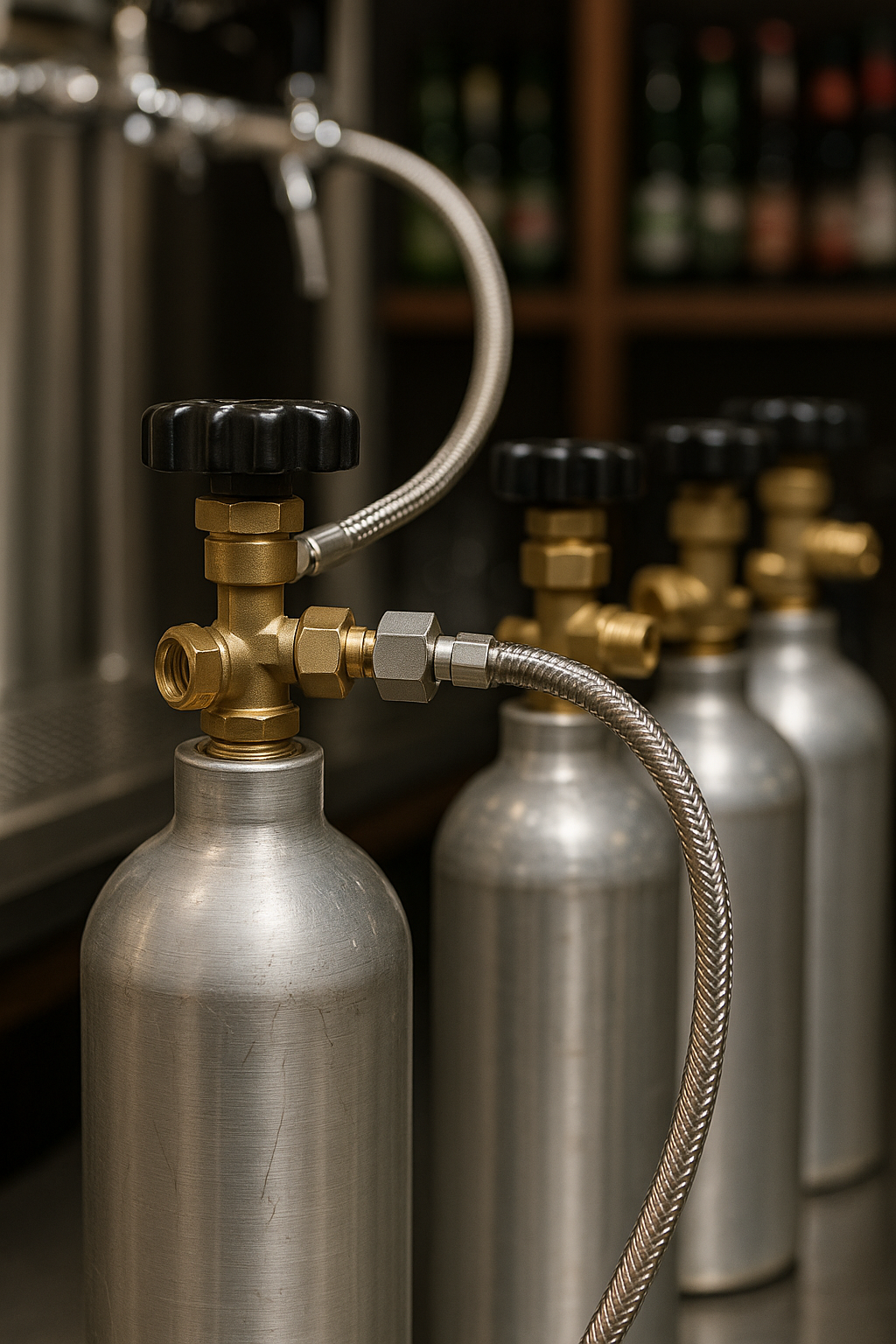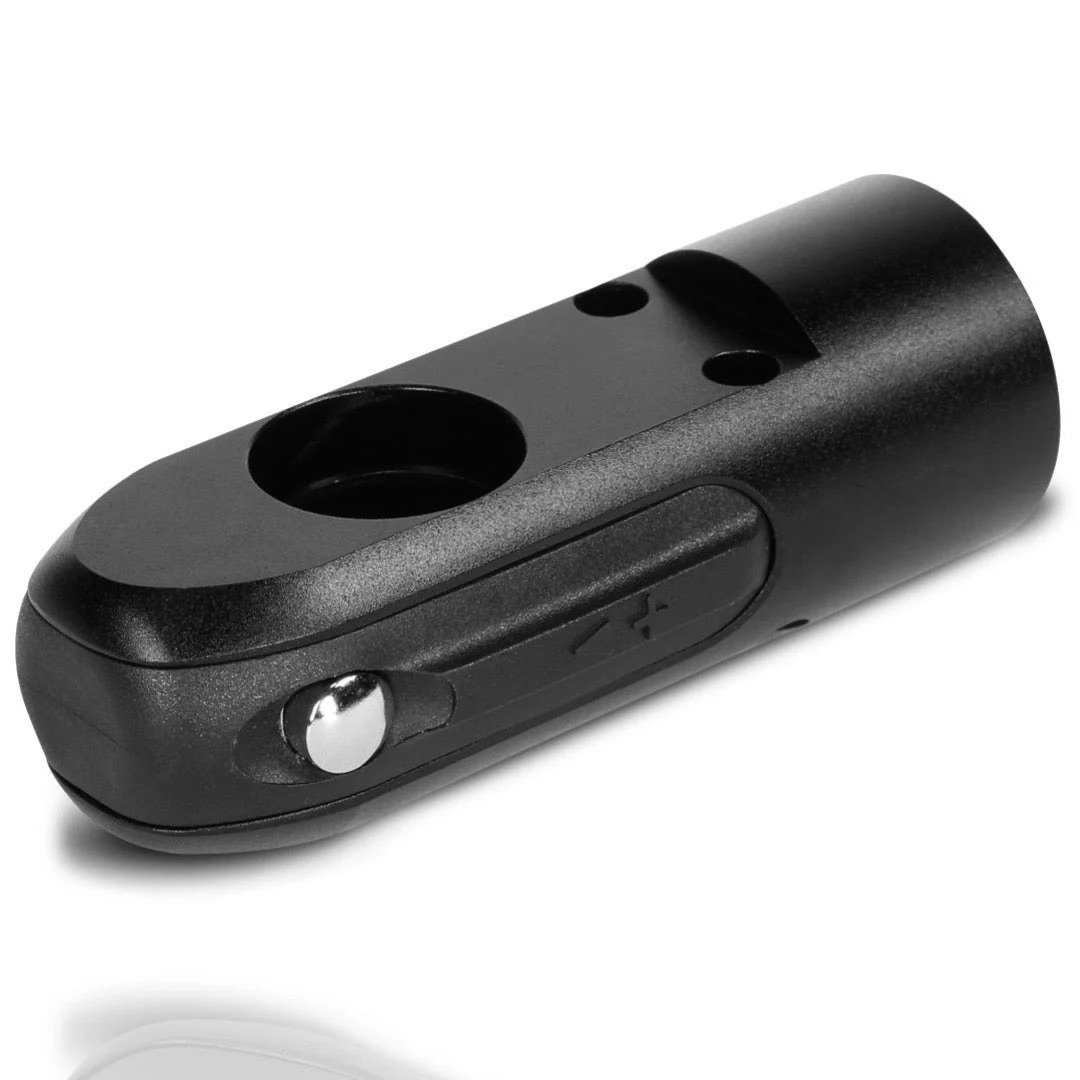Tired of running out of gas mid-pour and wasting good beer? Managing your CO2 supply is key to keeping customers happy and operations smooth.
A 5lb CO2 tank typically lasts long enough to dispense 6–8 full-sized kegs, depending on your system’s efficiency and usage habits.
If you’re in the beverage business—whether you run a bar, distribute kegerator supplies, or manufacture your own CO2 cylinders—you know how important predictability is. Here’s what really affects your tank life, and how to make the most of every refill.
Table of Contents
What Factors Affect CO2 Tank Lifespan in a Kegerator?
Ever wonder why your CO2 runs out faster than expected? You’re not alone.
CO2 tank lifespan depends on keg size, pressure settings, leak tightness, and frequency of use.
Let’s break it down:
| Factor | Description |
| Keg Size | Larger kegs (e.g., 15.5-gallon) need more CO2 to pressurize and dispense. |
| Serving Pressure | Higher PSI (10–14 PSI typical) uses more CO2, especially if not optimized. |
| Temperature | Colder environments reduce CO2 expansion, so warmer setups might use more. |
| Leaks | Even micro-leaks around the regulator or coupler waste gas. |
| Number of Taps | More taps mean more frequent pours = faster gas consumption. |
| Carbonation Style | Force-carbonating vs. maintaining pressure has different gas demands. |
As a B2B factory with deep roots in beverage gas solutions, we often advise clients like Daniel from Mexico or Michael from Canada to start from these variables before suspecting product issues. A simple check of pressure gauges and leak points can extend CO2 tank life significantly.
How Many Kegs Will One Tank Serve?
You don’t want your staff scrambling mid-service. Let’s do the math.
One 5lb tank typically serves 6–8 kegs. A 10lb tank can serve 12–16 kegs.
Real-World Table of Usage:
| Tank Size | Average Keg Size | Kegs per Tank | Application Notes |
| 2.5 lb | 5-gallon Corny | 3–4 | Small-batch homebrew or portable draft setups |
| 5 lb | 15.5-gallon | 6–8 | Standard bar setup with 1–2 taps |
| 10 lb | 15.5-gallon | 12–16 | High-volume taprooms, beer festivals |
| 20 lb | 15.5-gallon | 30–40 | Commercial kegs or breweries with multiple lines |
Some clients in Europe and Southeast Asia even request custom cylinder sizes (like 7.5lb) to optimize shipping loads and keg compatibility.
Should You Keep the CO2 Tank Inside or Outside the Kegerator?
It’s tempting to hide everything neatly inside. But is it worth the pressure drop?
Storing your CO2 tank outside the kegerator allows more room for kegs and better access to the regulator.
Here’s what to consider:
- Space Optimization: External tanks make room for dual-keg setups or larger kegs.
- Temperature Stability: CO2 expands better at warmer temps, helping maintain PSI.
- Maintenance Access: Easier leak checks and gauge adjustments.
- Safety: Less risk of accidental freezing or regulator condensation.
At Alizee, we offer both internal-mount and external-ready tank fittings depending on our clients’ needs—especially for those supplying bars, breweries, and high-end home installations.
How Can You Make Your CO2 Last Longer?
Feel like you’re refilling too often? Here’s how to stretch your supply.
Regular maintenance, leak checks, and pressure optimization can extend your tank’s service life.
Try these strategies:
- Check for leaks weekly using soapy water or electronic sensors.
- Keep your serving pressure below 12 PSI unless carbonation demands otherwise.
- Upgrade your regulator if yours struggles to maintain consistent pressure.
- Use stainless fittings with PTFE tape for longer-lasting seals.
- Train your staff on proper shutoff procedures between shifts.
For high-turnover venues or mobile setups, we even suggest dual-tank systems with a switch-over regulator. One client in California shared how this setup saved them hours in mid-event troubleshooting.
Conclusion
The lifespan of a CO2 tank in your kegerator depends on more than just the tank—it’s about system design, usage habits, and maintenance discipline.






